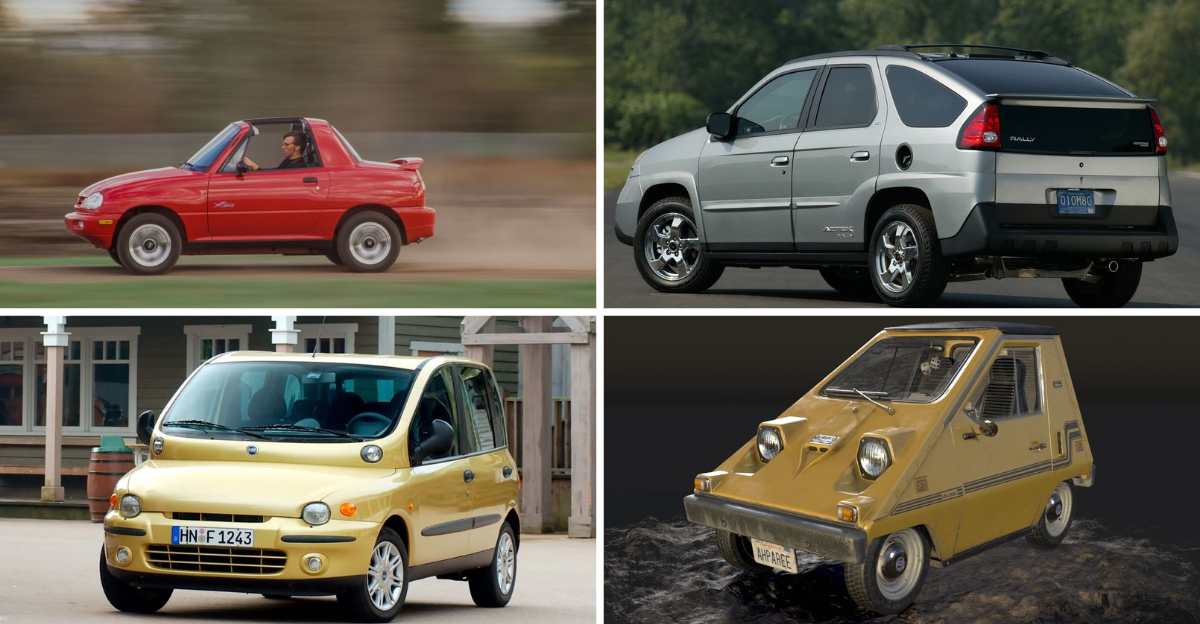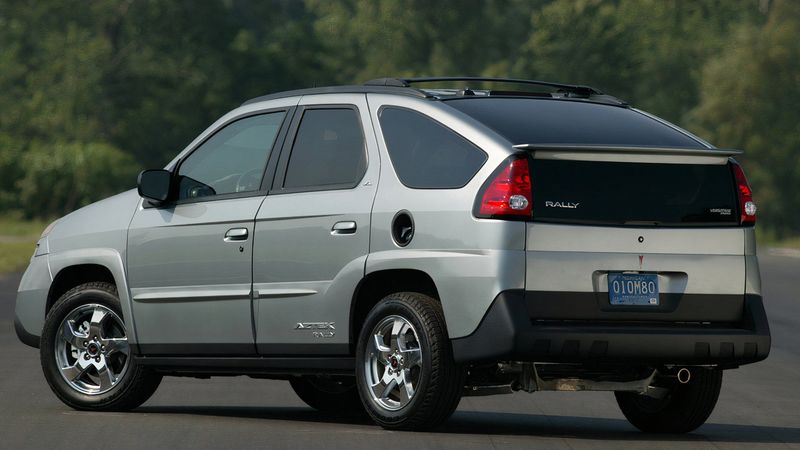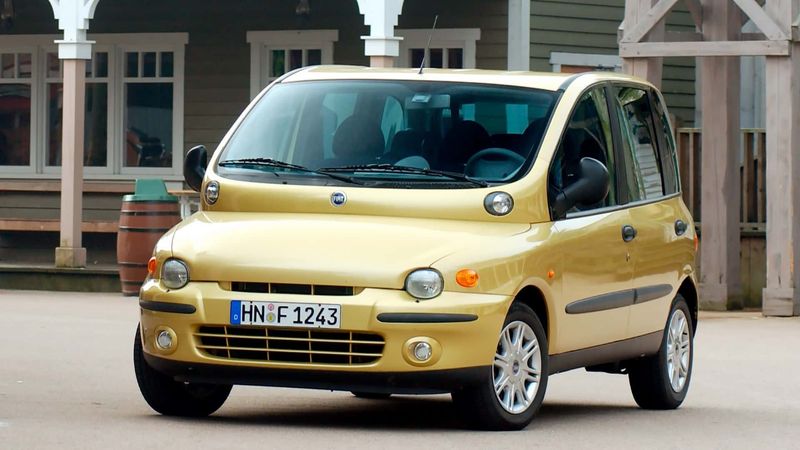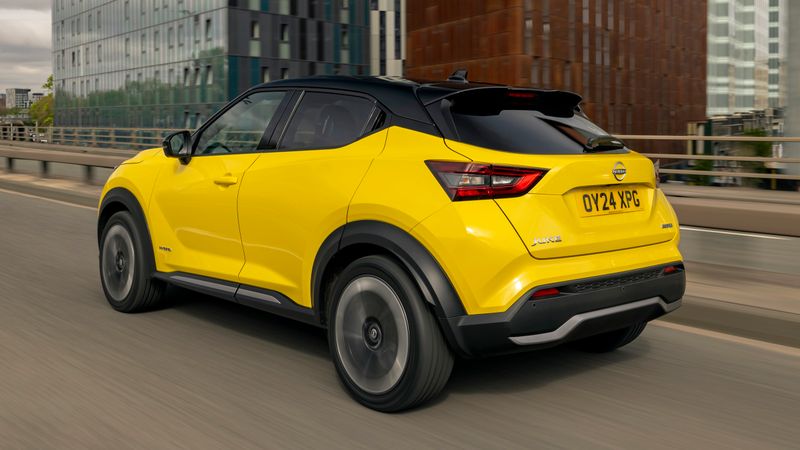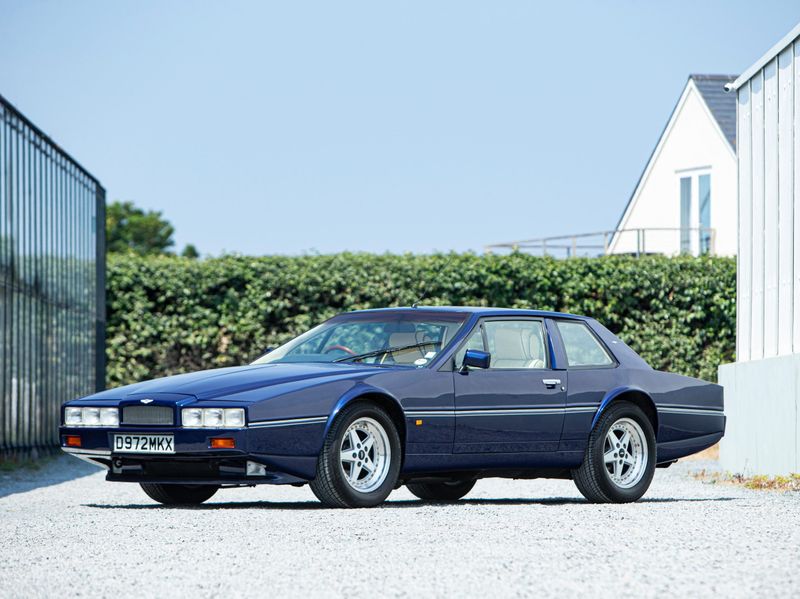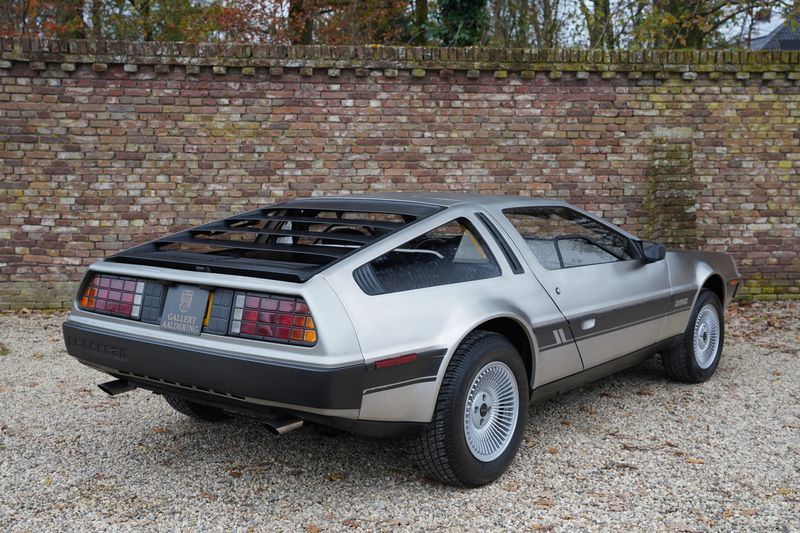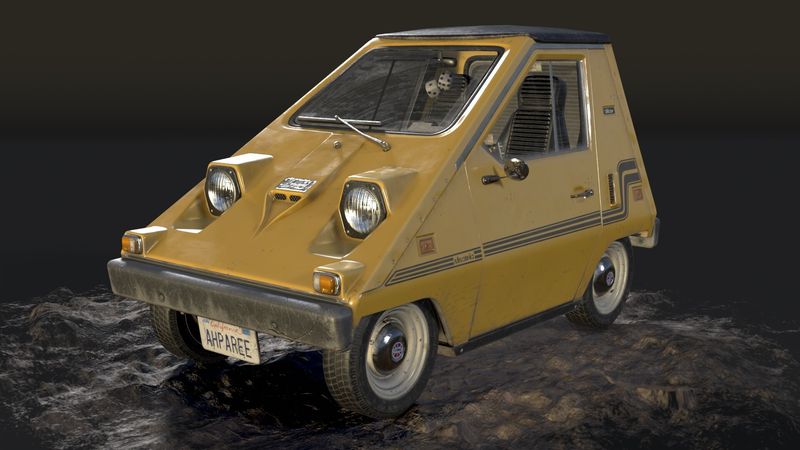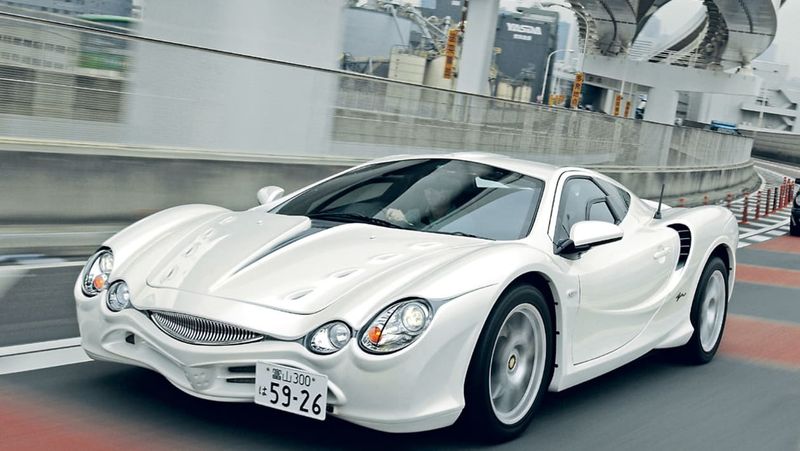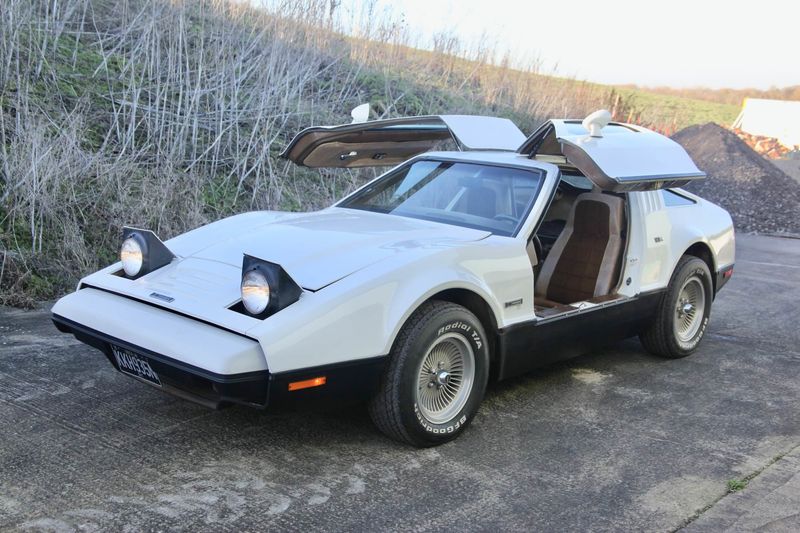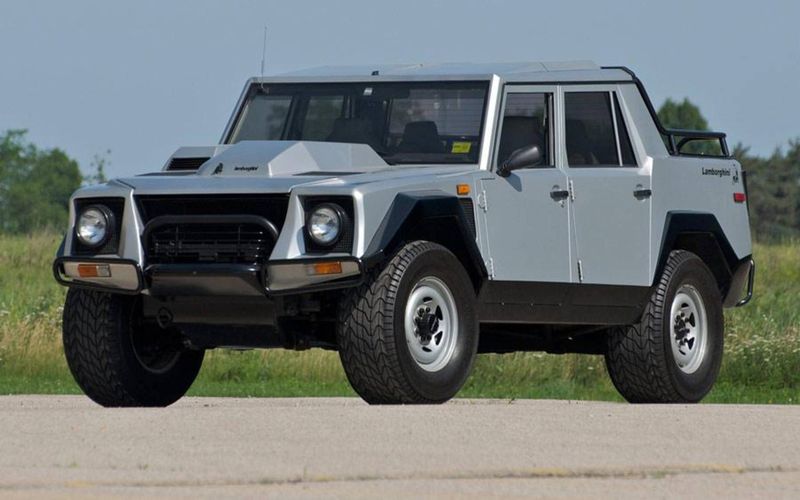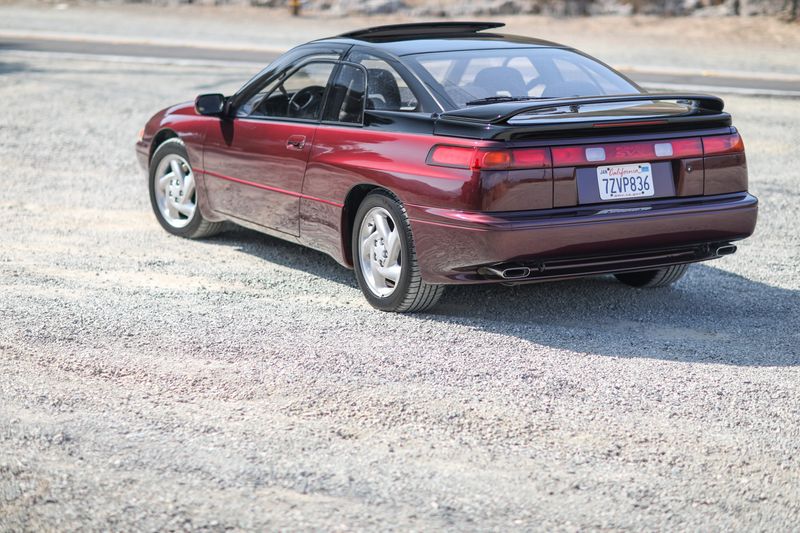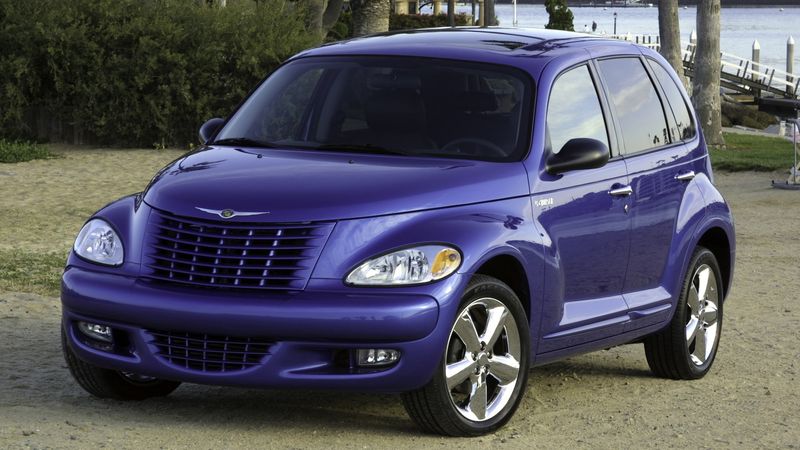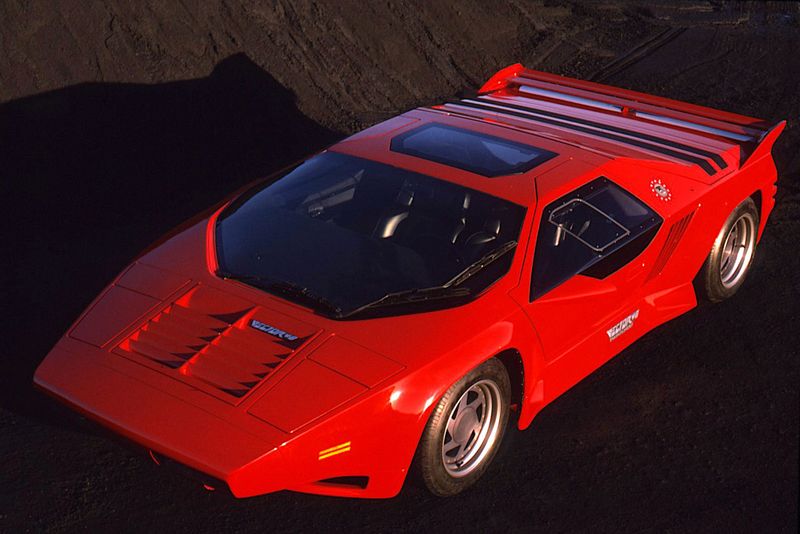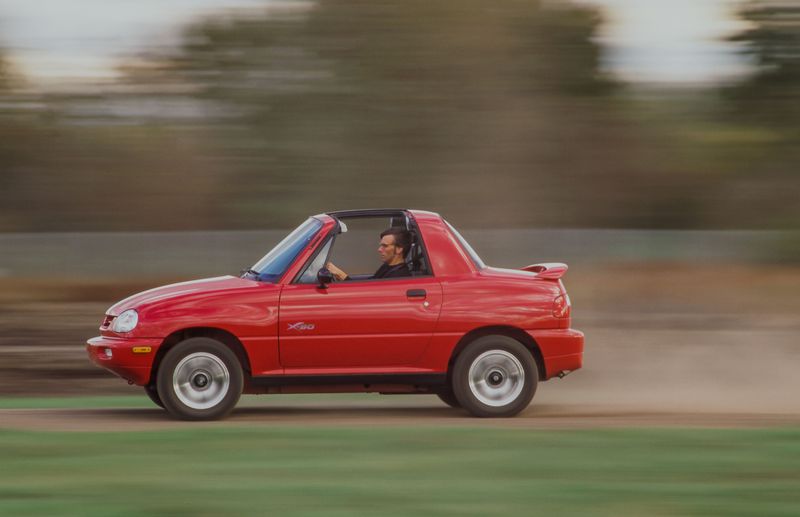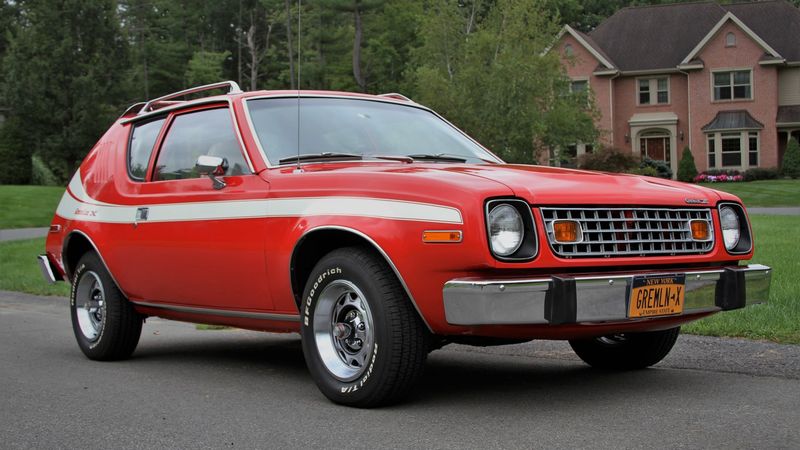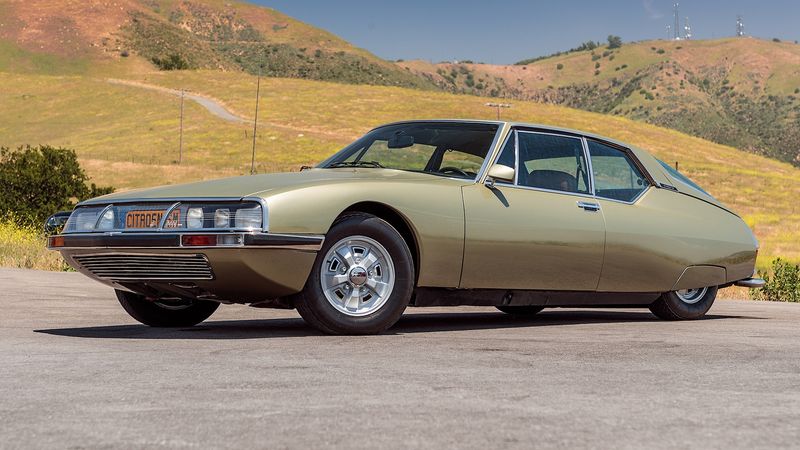📖 Table of Content:
Not all cars are built for beauty—some designs are outright bizarre, awkward, or just plain ugly. From strange proportions to questionable styling choices, these 15 cars stand out for all the wrong reasons. Whether they were meant to be futuristic or just missed the mark entirely, these vehicles prove that not every car can be a head-turner—in a good way.
1. Pontiac Aztek
Stands as a testament to what can happen when ambition overshadows aesthetics. Produced from 2001 to 2005, its design was intended to be a versatile crossover but resulted in a mishmash of angles and lines. The front fascia, with its narrow headlamps and wide grille, gives it a confused expression. The rear is no better, with its split tailgate and oddly placed taillights. Despite its practicality, the Aztek’s appearance left much to be desired, often topping lists of the ugliest cars ever made. Its legacy survives more in meme culture than in automotive history.
2. Fiat Multipla
An iconic example of function over form. Its design took a bold departure from conventional car aesthetics with an unconventional double-bubble roof. This feature, intended to maximize interior space, resulted in a top-heavy appearance that some found charmingly quirky, but most considered downright ugly. The wide stance, combined with odd headlight placements, created a vehicle that looked perpetually startled. Despite this, the Multipla was praised for its interior space and versatility. Even today, it remains a symbol of Italy’s willingness to take risks, though not always with beautiful results.
3. Nissan Juke
Burst onto the scene in 2010 with a design that divided opinions. Its bug-eyed headlamps and chunky profile made it stand out, though not always in a flattering way. The high beltline and squeezed rear window gave it a somewhat claustrophobic look. However, its distinctive appearance was matched by a surprisingly agile performance. While some appreciated its bold approach, others felt the design was an overreach, leading to its inclusion on numerous lists of unattractive vehicles. Love it or hate it, the Juke is hard to ignore and even harder to forget.
4. Aston Martin Lagonda
Launched in the 1970s, attempted to blend luxury with futuristic design. Its long and angular body looked more suited to a spaceship than a car. Inside, the dashboard’s digital display was innovative for its time but often malfunctioned, adding to the woes of its already struggling aesthetics. The Lagonda’s design was polarizing, with sharp lines and an elongated profile that many considered excessive. Though it aimed for a cutting-edge look, it often ended up as a cautionary tale in car design. The Lagonda remains a curious chapter in Aston Martin’s storied history.
5. DeLorean DMC-12
Forever linked with pop culture, thanks to its starring role in “Back to the Future.” Yet, its design was a point of contention. The stainless steel body and gull-wing doors were undeniably unique but gave it a cold, industrial look. Its boxy shape lacked the aerodynamic flair typical of sports cars. Despite this, the DeLorean’s aesthetic has become beloved by film fans. However, its actual performance failed to match its futuristic appearance, sealing its fate as a car remembered more for its movie magic than its road presence.
6. Sebring-Vanguard CitiCar
Might not be the first vehicle that comes to mind when thinking of sports cars, yet its design was as polarizing as any on this list. Its triangular shape and small frame made it look more like a toy than a mode of transportation. Produced during the oil crisis of the 1970s, it was a reaction to the demand for fuel efficiency. However, its aesthetic appeal was sacrificed in the quest for practicality. Despite its quirky look, the CitiCar marked an important step in the evolution of electric vehicles, albeit with questionable style.
7. Mitsuoka Orochi
A Japanese sports car that often leaves onlookers scratching their heads. Its design, full of exaggerated curves and an odd front fascia, seems more like a creature from mythology than a car. The Orochi aimed to stand out, and it succeeded, but not always positively. Its aesthetics were described as overly ambitious, with many feeling it tried too hard to be unique. Underneath, the performance didn’t quite match its wild exterior, making it an oddity in the sports car world. Nevertheless, its unforgettable design ensures it a place in automotive history.
8. Bricklin SV-1
Produced in the mid-1970s, was an ambitious safety sports car marred by its aesthetic failings. Its body, made of brightly colored acrylic resin, gave it an unusual plastic-like appearance. The gull-wing doors, while striking, were prone to mechanical issues. The SV-1’s design was meant to emphasize safety, but its looks often left much to be desired. Its blocky form and awkward proportions made it seem more like a prototype than a finished product. Despite its good intentions, the SV-1’s legacy is overshadowed by its visual shortcomings and production challenges.
9. Lamborghini LM002
Often dubbed the “Rambo Lambo,” was a venture into the SUV market with a sports twist. Its design was bold and militaristic, featuring large, boxy dimensions that were far from Lamborghini’s sleek coupe offerings. Despite being equipped with a powerful engine, its bulky appearance was polarizing. The LM002’s design was intended for opulence and performance in off-road scenarios, but it struggled to capture the elegance associated with the brand. As a result, it remains a curious footnote in Lamborghini’s history, admired more for its audacity than its aesthetic appeal.
10. Subaru SVX
The Subaru SVX, with its unique window-in-window design, was a bold attempt at innovation in the 1990s. The concept was to offer improved aerodynamics and visibility, but it resulted in a peculiar look that divided opinions. The rest of the car featured smooth lines and a sleek profile, yet the odd windows overshadowed these aspects. While it was technologically impressive for its time, its design choices did not age well. Despite its eccentricities, the SVX is remembered as a daring design experiment, showcasing Subaru’s willingness to explore beyond conventional aesthetics.
11. Chrysler PT Cruiser
A vehicle that embraced retro styling, but its execution left much to be desired. Its debut in 2000 featured a body that seemed caught between eras, with a high roofline and wide fenders. While it aimed to evoke nostalgia, many found it more reminiscent of a cartoon caricature than a classic car. The PT Cruiser’s styling was polarizing—loved by some and loathed by others. Despite its commercial success, the design never quite achieved the timeless status Chrysler hoped for. It remains a quirky icon of early 2000s automotive design.
12. Vector W8
The Vector W8 was a hypercar with a design more akin to a spacecraft than a road vehicle. Its angular, wedge-shaped body and sharp edges were distinctive, yet many found it too radical for its own good. Produced in the early 1990s, the W8’s styling was matched by impressive performance figures. However, its aggressive looks were a double-edged sword, attracting admiration and criticism alike. The interior, filled with advanced technology for its time, complemented the exterior’s futuristic aspirations. Despite polarizing opinions, the W8 remains a bold statement in automotive design.
13. Suzuki X-90
A unique blend of a two-seater coupe and an SUV, resulting in a peculiar vehicle that puzzled many. Its compact size and bulbous shape made it look more like a toy than a serious contender in the automotive market. Despite its odd proportions, the X-90 boasted a removable T-top and a surprisingly capable off-road performance. However, its appearance failed to engage buyers, leading to its short-lived production run. Today, it serves as a quirky reminder of Suzuki’s experimental phase in vehicle design, where novelty took precedence over mainstream appeal.
14. AMC Gremlin
Often remembered for its peculiar design choices. Launched in the 1970s, its compact and stubby body was a response to the demand for small cars. The chopped rear end gave it a distinctive, almost unfinished look that gained notoriety. While the Gremlin was an attempt to offer a more economical vehicle, its aesthetics were often criticized. Despite this, it found a niche following, appreciated for its simplicity and affordability. The Gremlin remains a notable example of American car design during an era of experimentation and transition in the industry.
15. Citroën SM
A grand tourer that pushed the boundaries of design and engineering in the 1970s. Its sleek, aerodynamic body was ahead of its time, yet its unique appearance drew mixed reactions. The front grille, with hidden headlights and a sharp nose, seemed futuristic but didn’t appeal to everyone. Inside, the innovative technology was impressive, although it often overshadowed by its polarizing looks. Despite its divisive design, the SM remains a celebrated piece of automotive history, admired for its daring approach to style and performance, even if it wasn’t universally loved.
